With so much history, there is so much to explore and see in Cleveland, despite its downfall of vibrancy between the 1970-1990's. If searching for the historical side of Cleveland, look no further than these architectural delights and landmarks.
Public Square is probably the most prominent spot in downtown Cleveland. It's where the city began with its original plats overseen from Grover Cleveland and still today, remains an integral part of Cleveland's gathering spaces and historical landmarks.
When Cleveland was a village, Public Square was surrounded by log cabins that was replaced overtime by skyscrapers. Today it sits between Cleveland's three highest buildings: Terminal Tower, Key Tower and 200 Public Square.
The sculpture that sits inside the Fountain of Eternal Youth represents a man holding up a flame, rising above the flames of war, which is symbolic to an enlightened state of being. The sculpture was dedicated on May 30, 1964 and is inside of the Veterans' Memorial Plaza dedicating homage to local veterans.
Public Square also features the Cuyahoga County Soldiers' and Sailors' Monument is a major Civil War monument that honors more than nine thousand Cuyahoga residents who served in the Union during that time. The monument was designed by architect and Civil War Veteran, Levi Scofield. Visitors can go inside the Monument to view the names of the soldiers who served engraved on marble.
Old Stone Church is the oldest building in Public Square, and second oldest church built in the city limits. The first church meeting began on the plotted land in June 1819, and in 1820 began a congregation. It is a Presbyterian church, built in a Victorian Romanesque style with a dark mahogany wooden interior with plenty of stained glass depictions of the Bible. The church survived several fires, one that occurred in 1857 and 1884. It was also one of the many stops for the mourning of Abe Lincoln's body.
In modern times people knew the Old Arcade as The Galleria that was an old, upscale shopping mall. The original structure features five stories of a market-place enclosed with a glass ceiling. The design features the classic 19th-Century style of a European market design. Built in 1890 at $875,00, it was the first indoor shopping center in America Nicknamed, "The Crystal Palace," the Old Arcade is one of the most notable architectural wonders in Cleveland.
This ornate monument was created by architect George Keller and dedicated on Memorial Day in 1890. Constructed with Berea sandstone, it stands 180 feet tall and features give terra-cotta panels with 110 figures etched in depicting Garfield's life and death. Inside one can view The former President's and First Lady's casket draped with an American flag. Visitors can walk up the 64 stairs from the lobby to the outdoor balcony which showcases up to 40 miles of Lake Erie shoreline.
For fine art and fine spirits, check out Heinen's Grocery Store downtown. It sits inside the old bank building and the interior is just as ornate as the exterior. The high circular vaulted ceiling features its original designs as well as the murals on the wall. Talk to the employees to get a few more historical tidbits on the building. The food is as fancy as the building and the upstairs features a wine tasting room to feel as fancy as its 1922.
When in Cleveland, be sure to check out the West Side Market in Ohio City. The origins of the land dates back to 1840 making this the oldest publicly-owned market. The City of Cleveland has operated the market since 1912, and today features over 100 vendors of all ethnicities. From the fruit guys to homemade pasta by the Italians and Polish pirogies, the market is an excellent way to experience good-eats and Cleveland culture.
Get to the market from Downtown Cleveland from the Hope Memorial Bridge. Construction ended in 1932 and features the "Guardians of Traffic," which are a pair of Art Deco statues that stand on the pylons at each end of the Viaduct.
The Bishop Amadeus Rappe initiated the decision-making process in 1847 on the construction of the Cathedral. The cornerstone was laid on October 22, 1848 and the first mass was held on Christmas Day of 1848. Today, it is a spiritual center for 750,000 Catholics who live in the Greater Cleveland vicinity. The design structure has many similarities as what one would see in Europe, with replicas of Rome.
What's your favorite historical site or landmark in Cleveland?
Let's Connect!
This Lemon Tree article is now featured on GPSmyCity. To download this article for offline reading or travel directions to the attractions highlighted in this article, go to 12 Historical Landmarks & Buildings to See in Cleveland, Ohio.
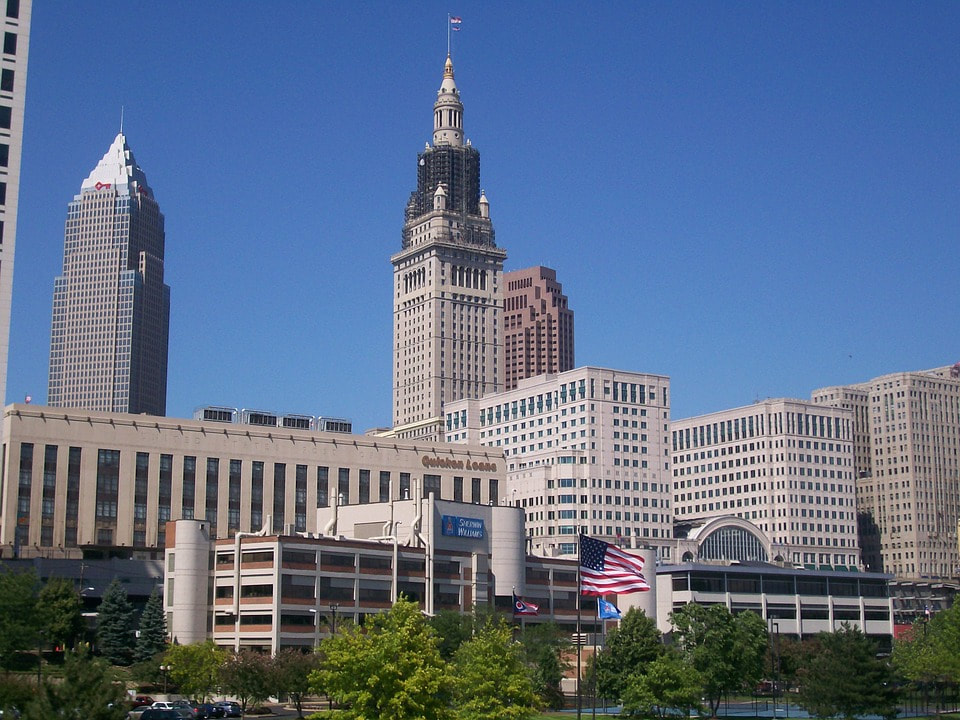
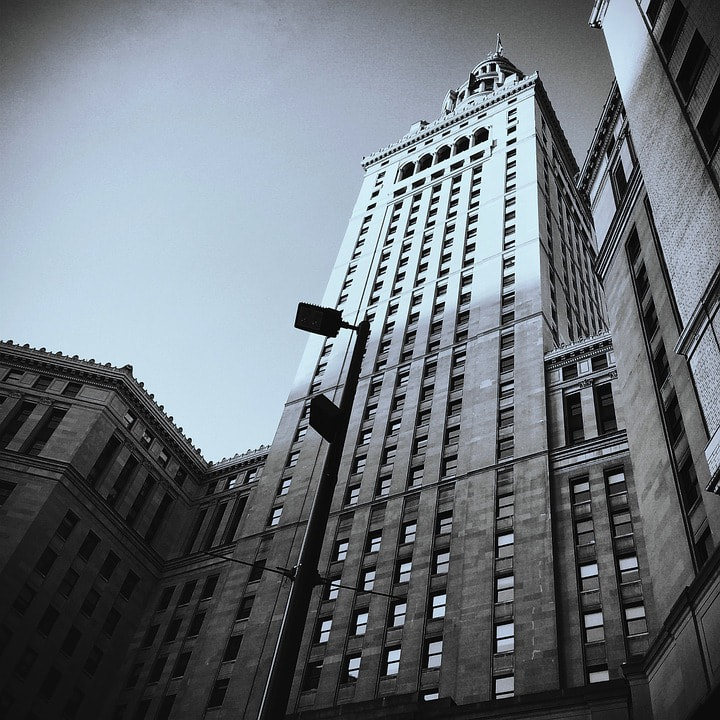
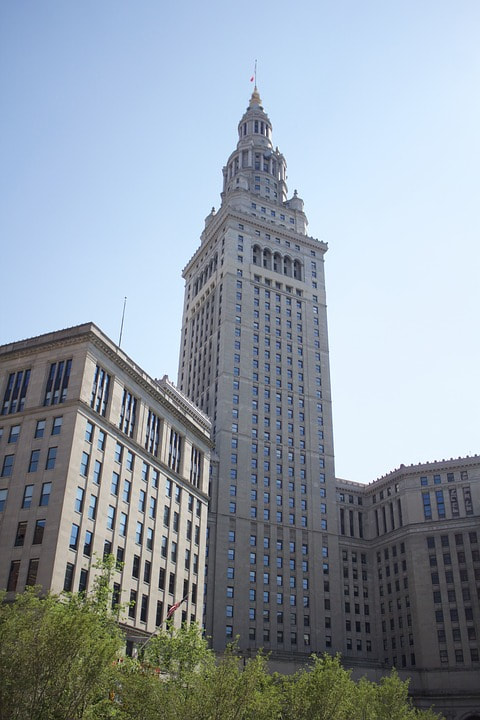
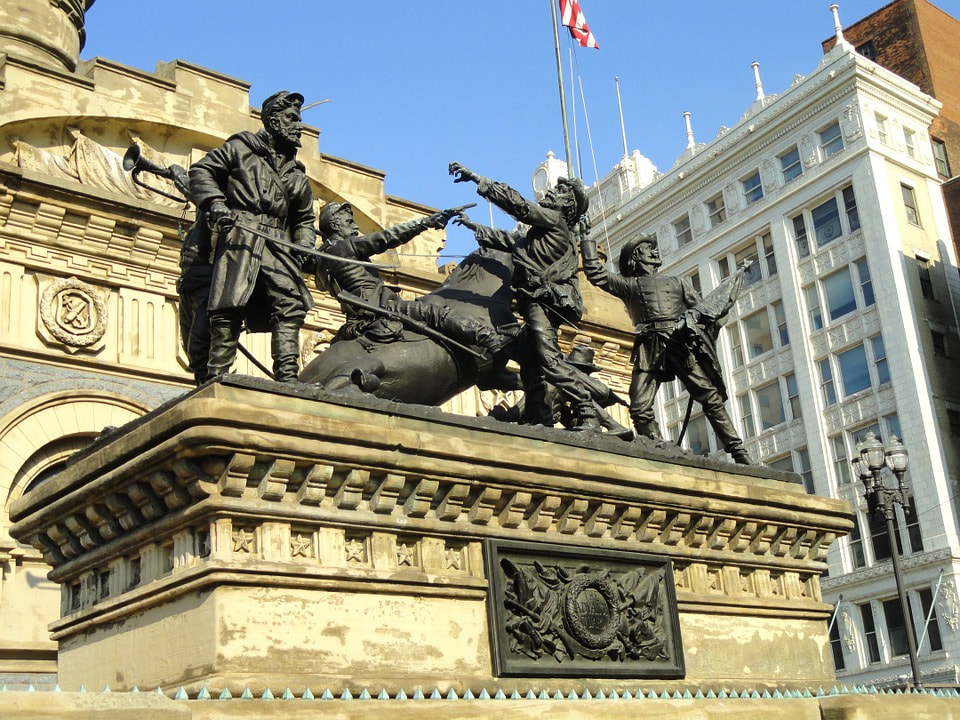
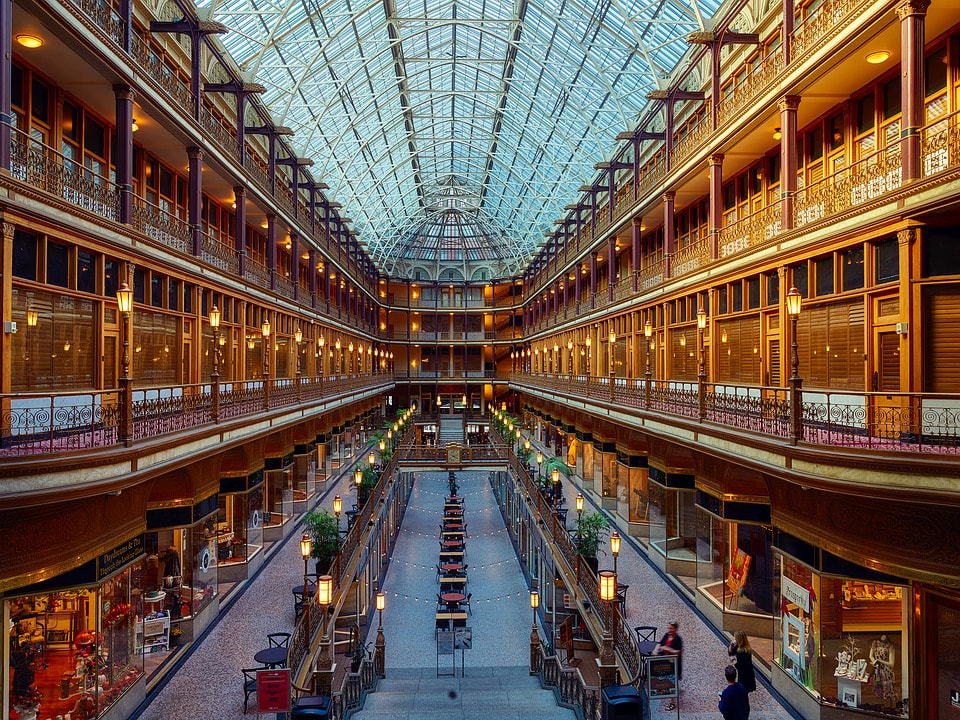
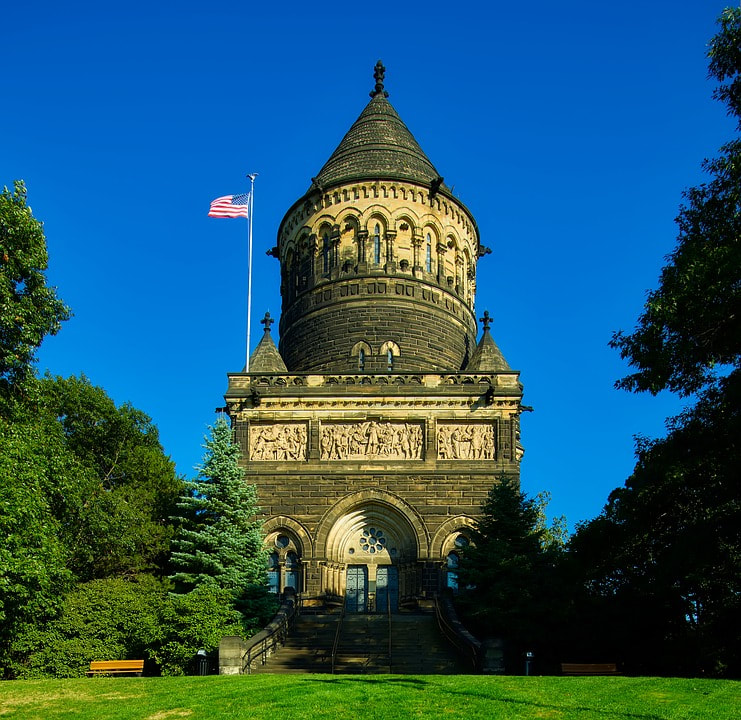
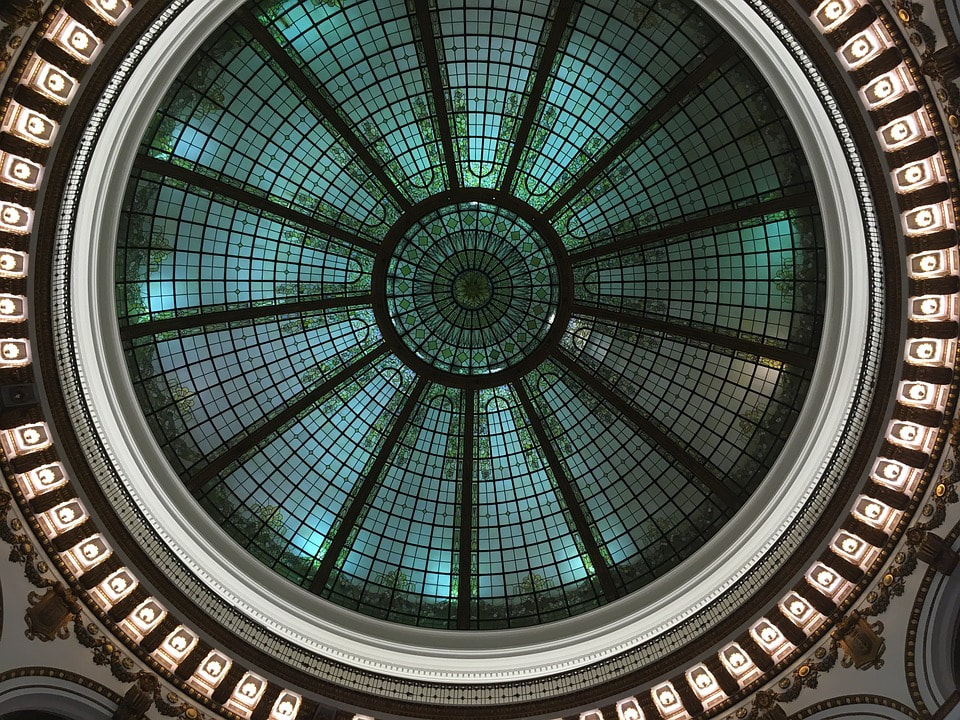
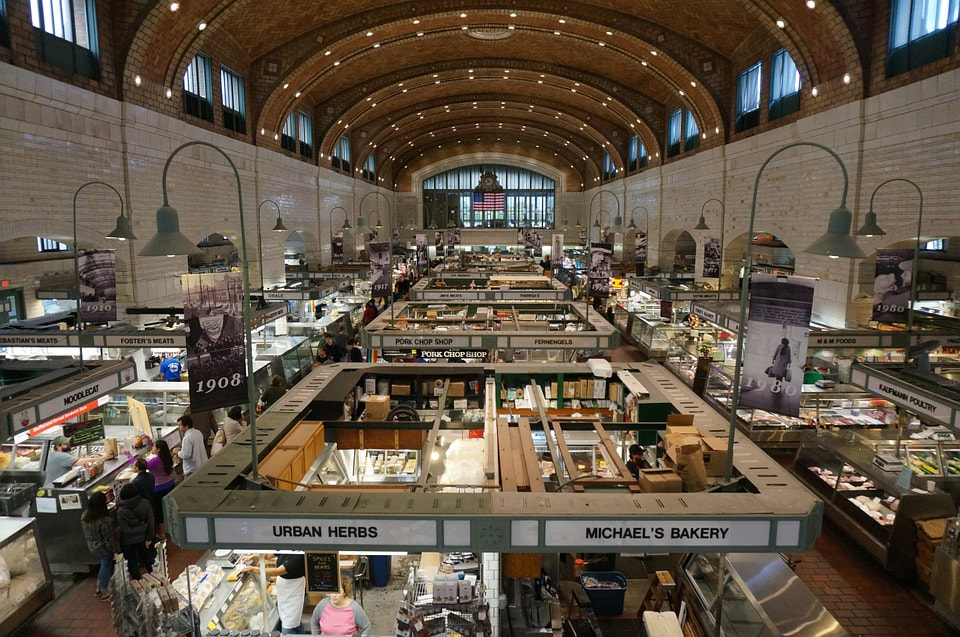
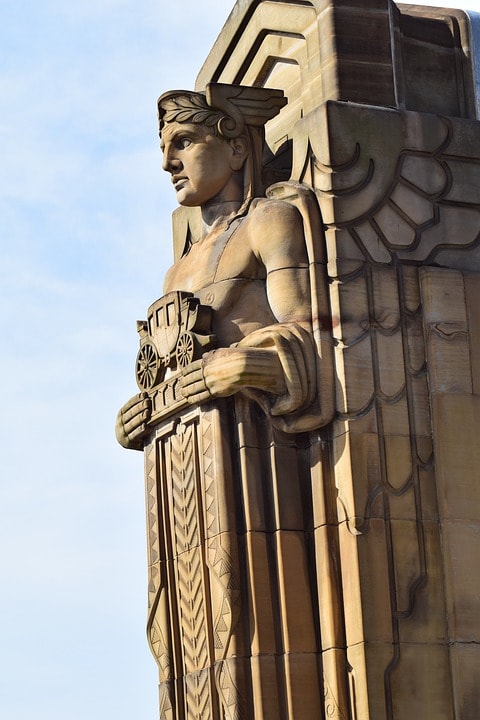
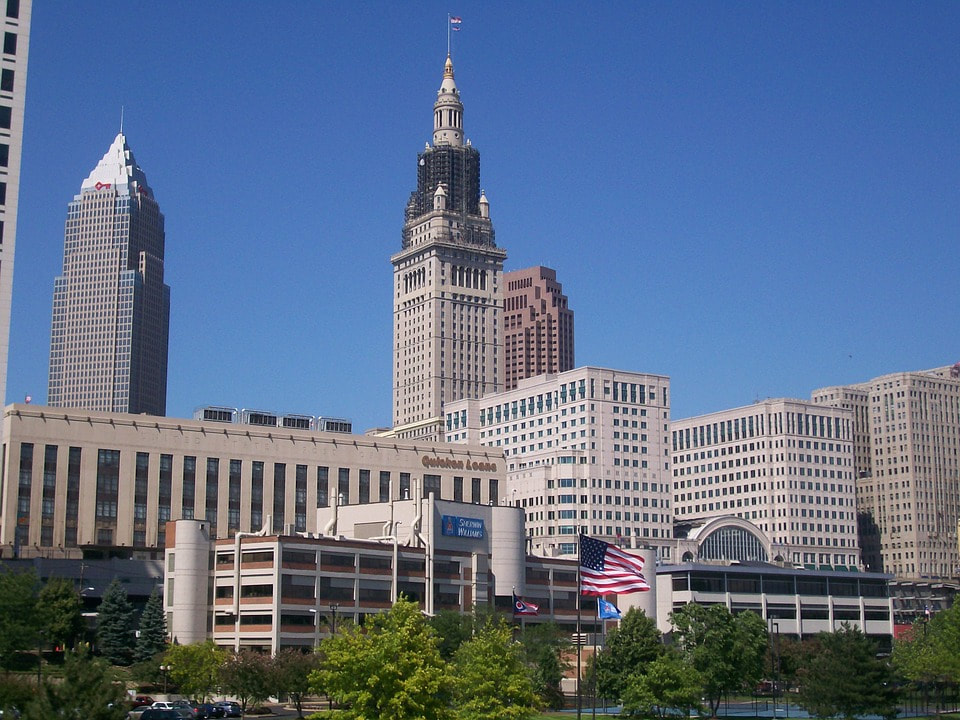
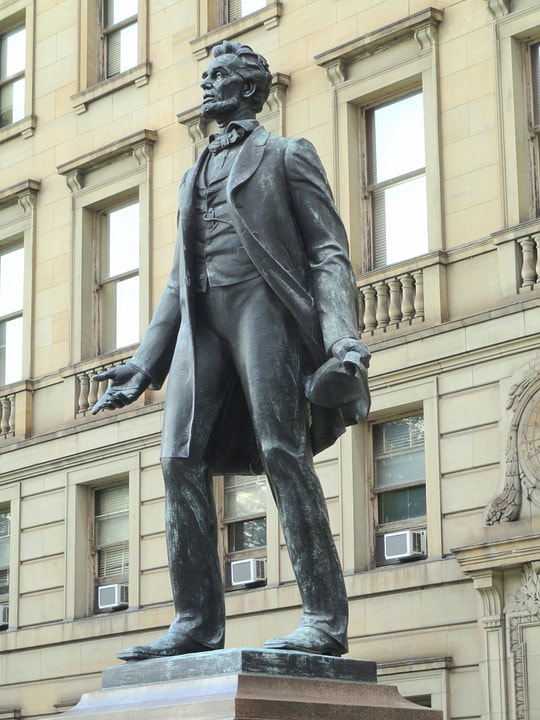
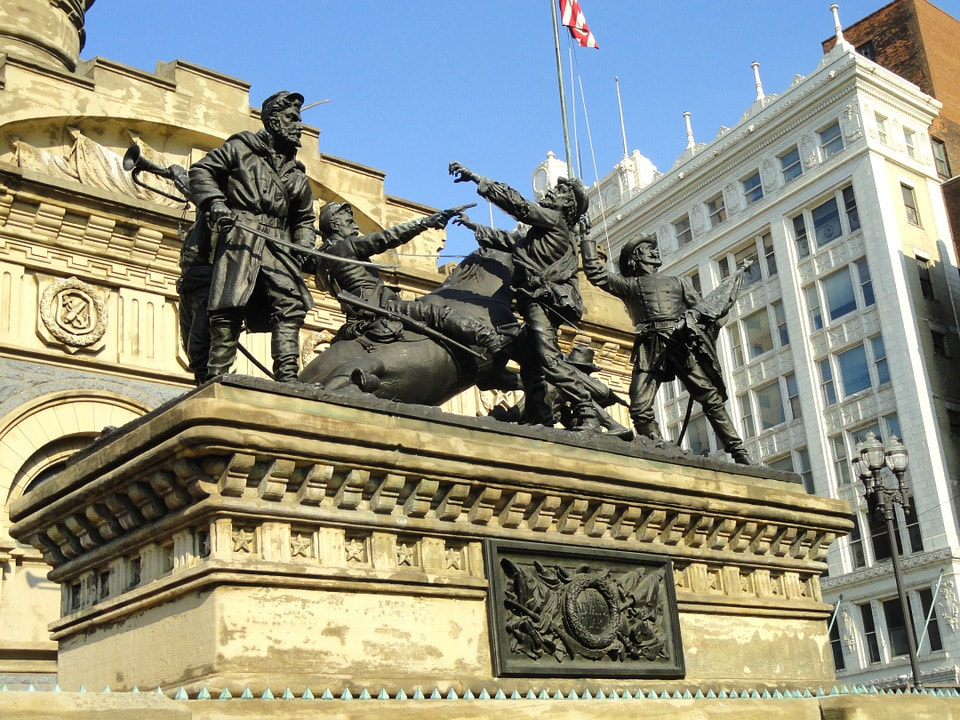
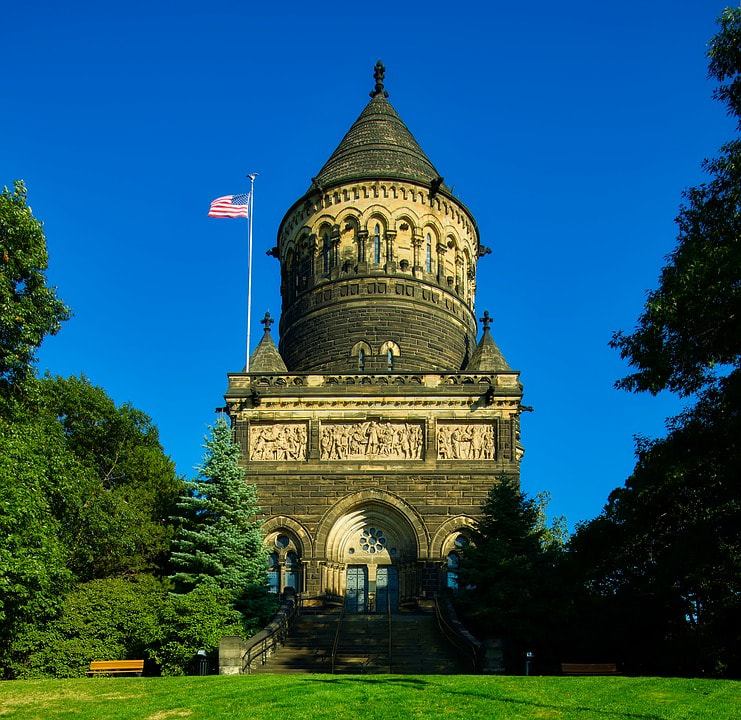
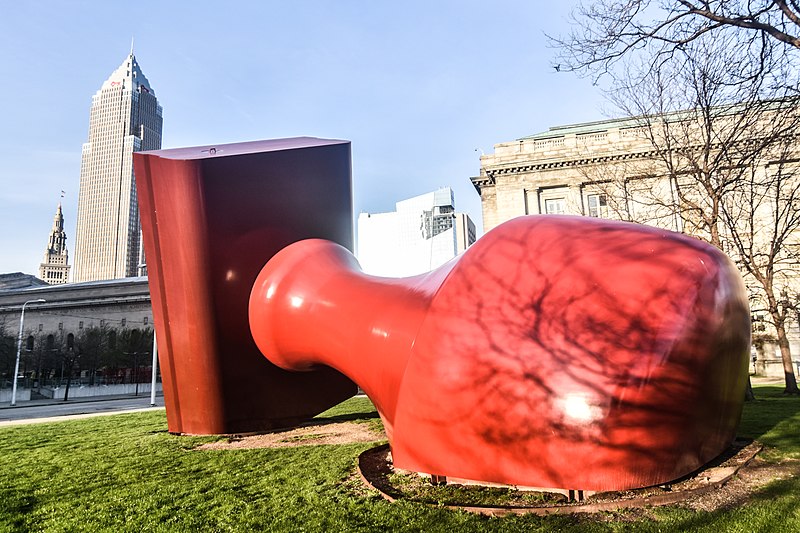
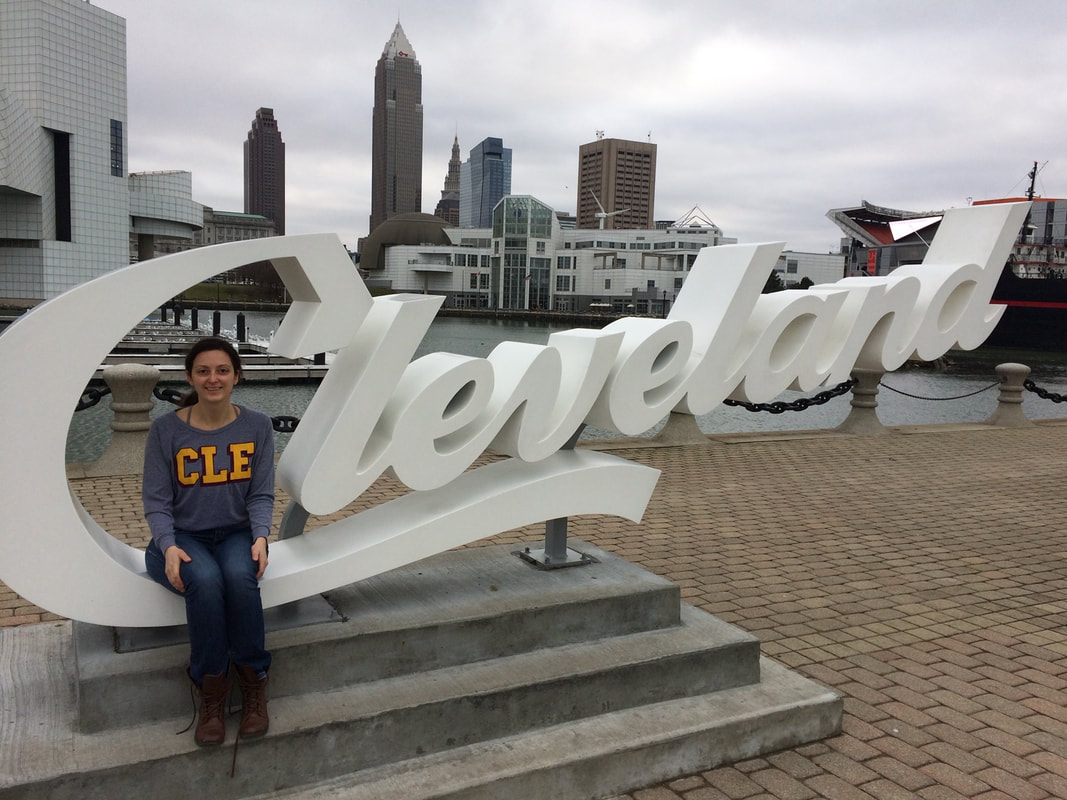


 RSS Feed
RSS Feed